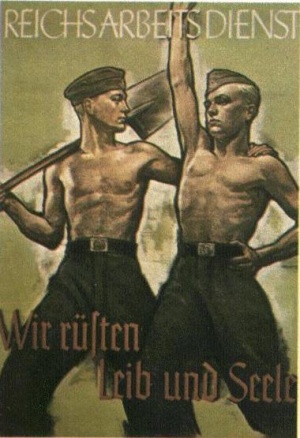One of our staff members is contributing considerably to a News Archiving service at Mu. Any well educated (Masters, PhD or above) users who wish to make comments on news sites, please contact Jim Burton directly rather than using this list, and we can work on maximising view count.
Debate Guide: Self-loathing hatred
- In Freudian terms, the defense mechanism of Reaction Formation.

Projection, guilt, exteriorisation and self-loathing are all important parts of the violently anti-pedophile psyche.
One example of the need to draw lines and attack a minority comes from Giles[1]:
- "Part of the problem is that heterosexual male desire often sits on a knife between a preference for neonate facial features in women (clear skin, large eyes, high cheekbones) and an intense revulsion toward paedophilia. It could be argued that the ferocity of assaults on convicted (child) sex offenders and the mob violence often enacted against rehabilitating child abusers are driven partly by the need for heterosexual men to have clear boundaries between what is acceptable sexual desire (i.e., the youngest, healthiest, fertile female) and what is not (legally protected children). If a subgroup of men can be clearly identified and labelled, it reduces the uncertainty surrounding their own borderline desire for young-looking women."
And Blueher (1953):
- "In prosecuting pedophiles, a man struggles against the suspicion that he could be one himself and, seeking reassurance, he exteriorises his own inner battlefield"
If the history of art is to be believed, it would appear that child nudes are widely appreciated and idolised aesthetically. It is easy to understand how widely these physical attractions toward the sensuality and bodies of prepubescent children must be felt, and the guilt this must cause in cultures disposed towards demonising or denying it. Through reaction formation, we externalise the resultant desire to distance ourselves from these attractions by attacking others who fit the stereotype.
This tendency is particularly pronounced in individuals who describe the "pedophile" other in extreme terms, such as "want to rape babies". It is likely that the use of such a curious description derives from a need to distance the other from oneself (most likely a strong erotic attraction to pubescent girls - hebephilia, or younger).
History of Homosexuality
Reaction formation is better known as a historical feature of gay culture, in societies where homosexuality is widely condemned. In addition to the well-documented history of homosexuality and pederasty in the German far-right movement, present day trends also shed light on this psychological mechanism. For example, insistently "masculine", "straight" affected forms of male homosexuality continue to exist alongside and sometimes in opposition to its camp affected varieties. Whilst these definitively masculine identities may have been established in the gay culture because of self hate and/or the need to maintain an identity far more gender-unambiguous than that of straight peers, they have in some cases taken on a life of their own. Intensely masculine homosexualities are now appreciated in and of themselves - often in the absence of originating factors such as social necessity and self-hate. Clearer examples can be observed in the reactions of questioning gay or bisexual men who have moved from a "straight" lifestyle, some of whom will verbally or physically attack, blame and deny after engaging in gay sex "acts" they can not reconcile with their assumed sexual identity. Plethysmograph studies in which decidedly homophobic men were more than twice as likely to be aroused by gay stimuli as the nonhomophobic men, would appear to back this up.[2]
A more contemporary example of reaction-formation in the form of distancing, is the need for "Lolicons" (avid consumers of drawn female child erotica) to express hate for MAPs, or deny any relationship whatsoever.